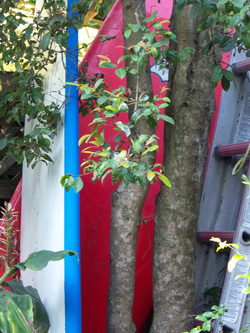
The choice of location is generally more protected that the one in these photos. Generally the nest is protected from the weather (this one is not), often in the forked branch of a tree, along thin plant branches or sheltered in bushes. So this photo depicts the branch with the nest; it is the bottom most branch, nearly dead center of the photo. If you look closely, you can almost see the MOMMA HUMMER.
| To the left, I am a little closer and you can see her a bit more clearly. The red and blue are two separate surfboards standing on end behind the tree which I believe is a MAGENTA LILLY PILLY – SYZYGIUM PANICULATA – BUSH TUCKER PLANT, formerly called Eugenia. My yard is filled with flowers that hummingbirds love: Abutilon, rhododendrons, azaleas, jasmine, and I have a large shrub with red tubular flowers that bloom in the winter here on the Monterey Bay coast. I have yet to find out the name of it but have a call into a plant expert I know. The next photo is a not so great photo of the two eggs. Look at their shape....so perfect. It is my understanding that the eggs will hatch in 12-14 days and the babies will stay in the nest for 3-4 weeks. I have a bird's eye view of the nest from my office window which is on the second story. With 5 X binoculars, I can see her perfectly. |
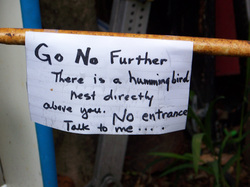
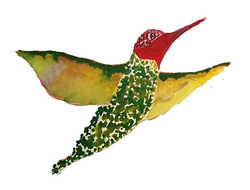
by Alexandra Sanders AKA LadyWhoLovesBirds
Gifts for Bird Lovers

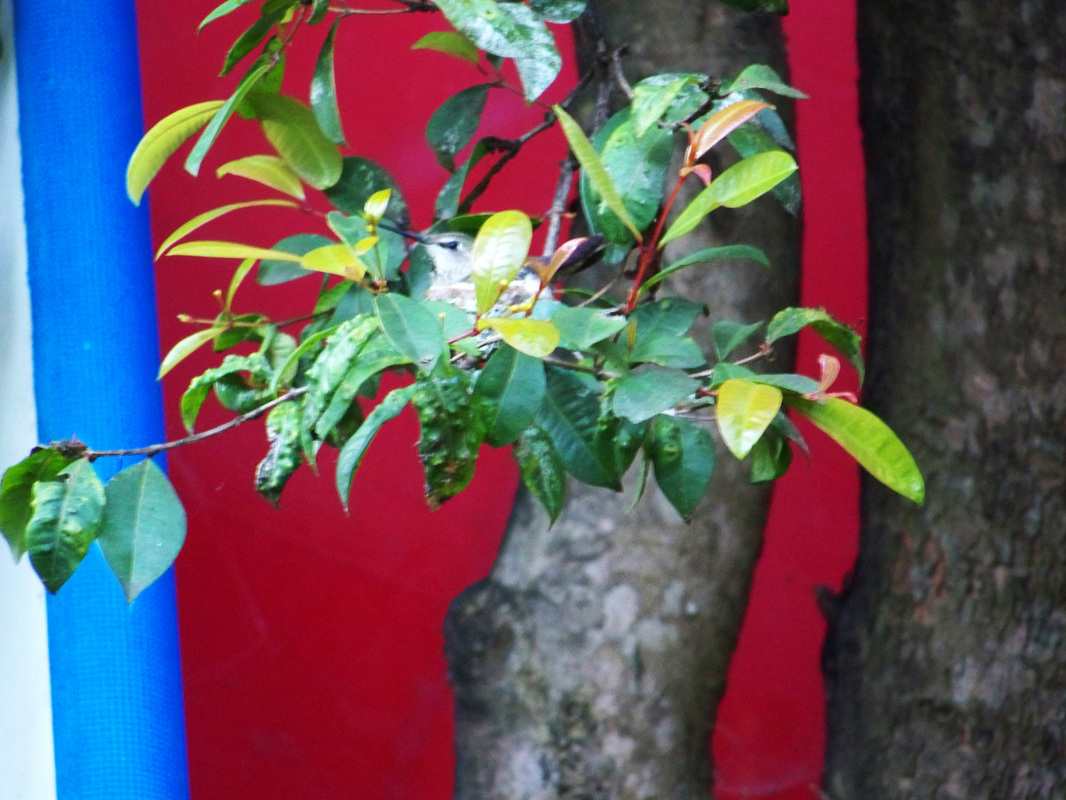
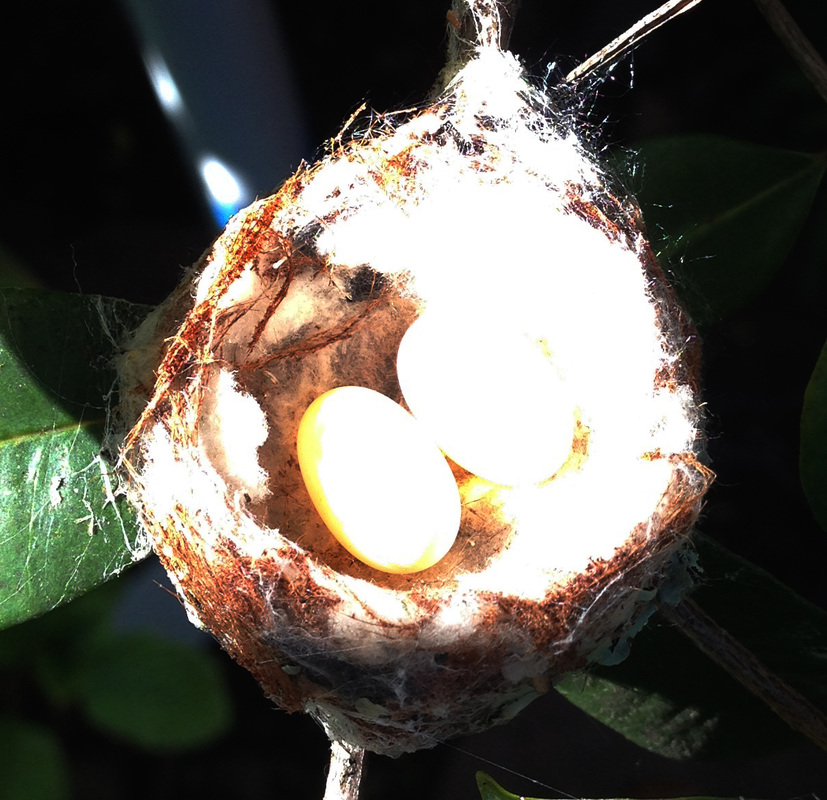
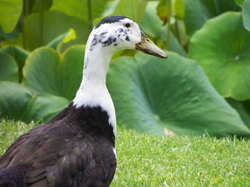
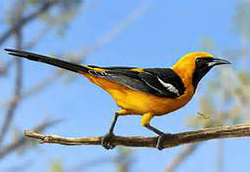
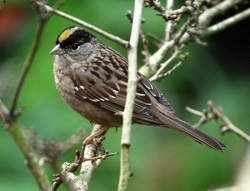

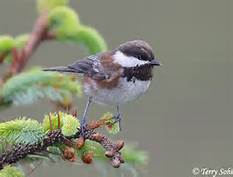
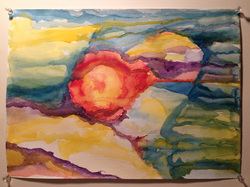

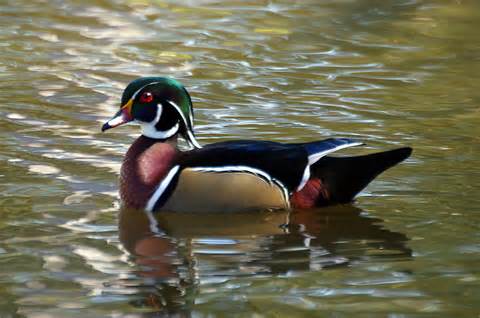
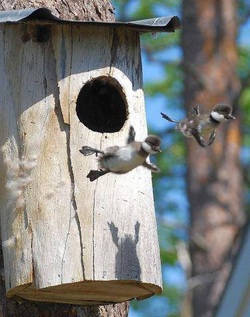
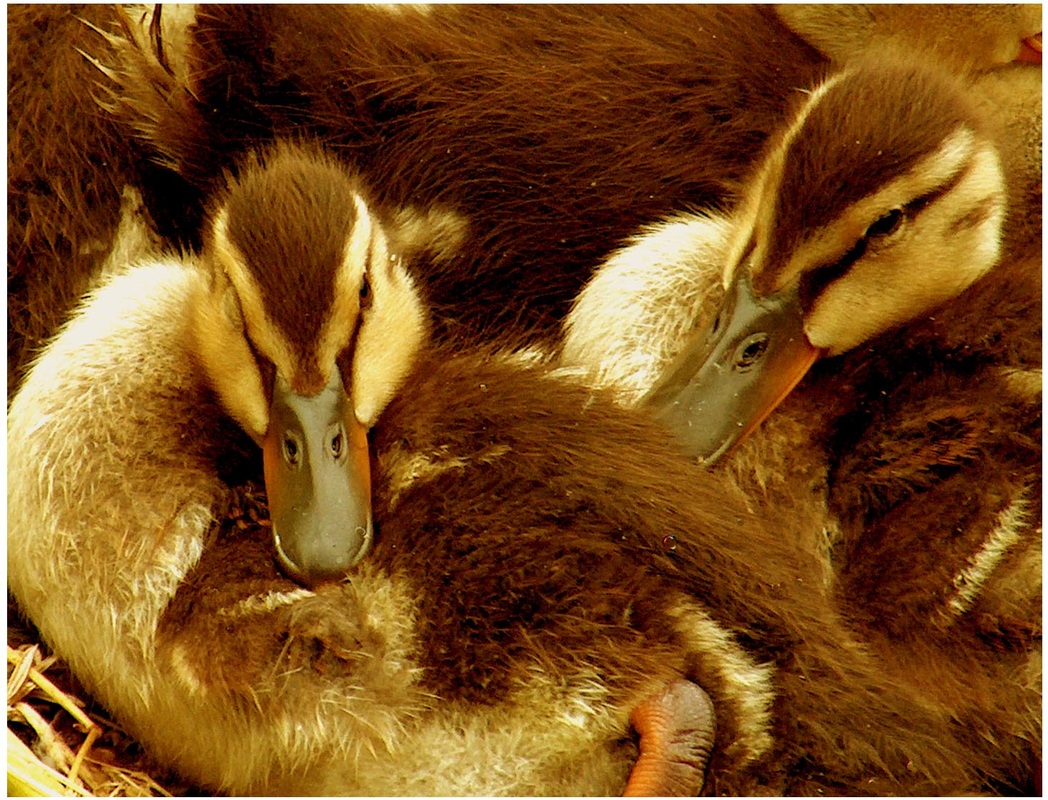
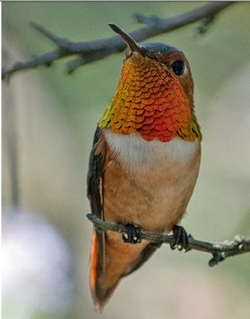
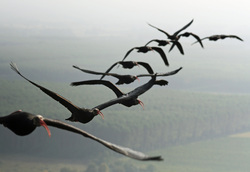
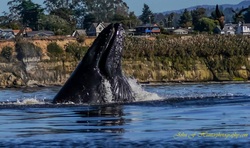
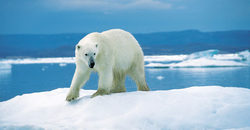
 RSS Feed
RSS Feed
